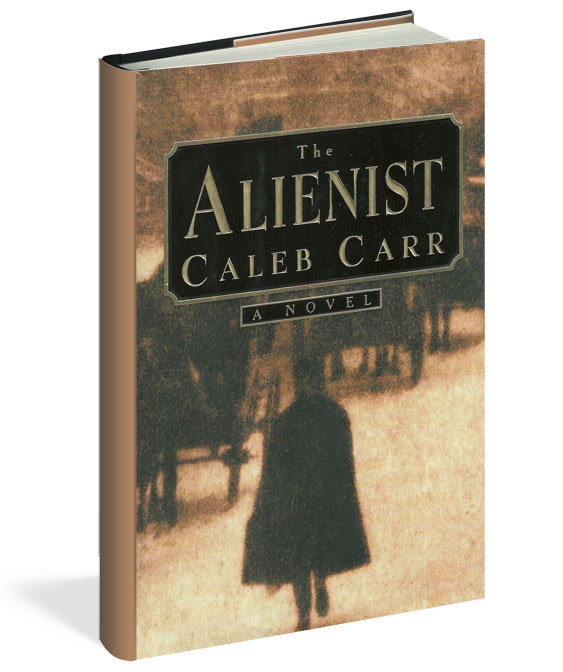

Note that my original use is probably the main intended use - adding toughness to protect against rough handling, spills, etc. Of course I can't tell if they've changed the formulation, but this is almost certainly what I used - own brand from the biggest UK chain of stationers, and the backing paper looks like I remember.

I pealed up a corner very gently to check it wasn't the paper. However even on the inside the film itself has yellowed slightly (I can't tell on the outside over the red cover with gold lettering). A couple of textbooks from only 25 hears ago don't show this, and the plastic may even have been from the same roll. If the glue was acidic I'd expect to show quite clearly by now where it's in contact with white paper. The plastic itself shouldn't be an issue for acidity, and common glues, apart from bone glue, can easily be acid-free. This appears to be good quality commercial printing paper, clearly not art paper, and shows some signs of age as well as of use. I can offer one data point in favour - the dictionary I used in school and covered with plastic film 30+ years ago shows no signs of excess acid damage (yellowing, brittleness) on the endpapers, including under the film on the insides of the covers. These have the added benefit of being replaceable, so if they become scratched, faded, or yellowed, I can put on new ones and still maintain the beauty of my bound book. They add rigidity and protect from minor water and scratch damage.

These adhere to themselves, and not to the book. If I went through the effort to create the piece, I would not want to risk any damage and would opt for Fold-On Archival Book Jackets. Even repositionable glues tend to stick harder the longer they are in contact with paper. Contact paper and even archival self-adhesive coatings are unlikely to be removed without some damage to the book. That said, were it my book I would likely avoid this method. The artist should take care to apply the method allowing for a 1/8th of overlap in any seamed areas. It is worth noting that many of these films expand and shrink with heat and cold. Per fixer1234's direction that we should assume the artist is binding their own books - then permanent, self adhesive cold lamination is a viable method. If we stick to protecting non-rare books from the wear and tear of normal, regularly-occurring use, is it, in fact, a terrible method? Why? Does this apply to any and all cold adhesive lamination films, or could films of certain types/specifications be a good solution to protecting books? Would the material/construction of the book's cover make a difference in this advice? We can also assume a degree of common sense, like not gluing plastic film to an heirloom book, or one whose value depends on it being in mint condition.Īn upvoted comment on the earlier question says that contact paper is a terrible method of book conservation. Purchasers could check reviews to verify that a particular product didn't destroy other people's books or documents. It ought to be possible to verify that the product is actually suitable for the purpose e.g., the adhesive is non-acidic, and doesn't break down in long-term use, etc. There are other similar products, and one would assume that a product sold for the purpose of protecting books and paper documents would be designed to protect them. Ideal for covering all types of books or design work. Self adhesive rolls of durable plastic film. The specific example shown was a product called Transpaseal, which is described as: The image in the question was of clear adhesive plastic film sold for the purpose of protecting paper documents, books, etc. An earlier question, How can I laminate with contact paper without leaving bubbles?, asked about covering books with adhesive contact paper, presumably to provide some protection.


 0 kommentar(er)
0 kommentar(er)
